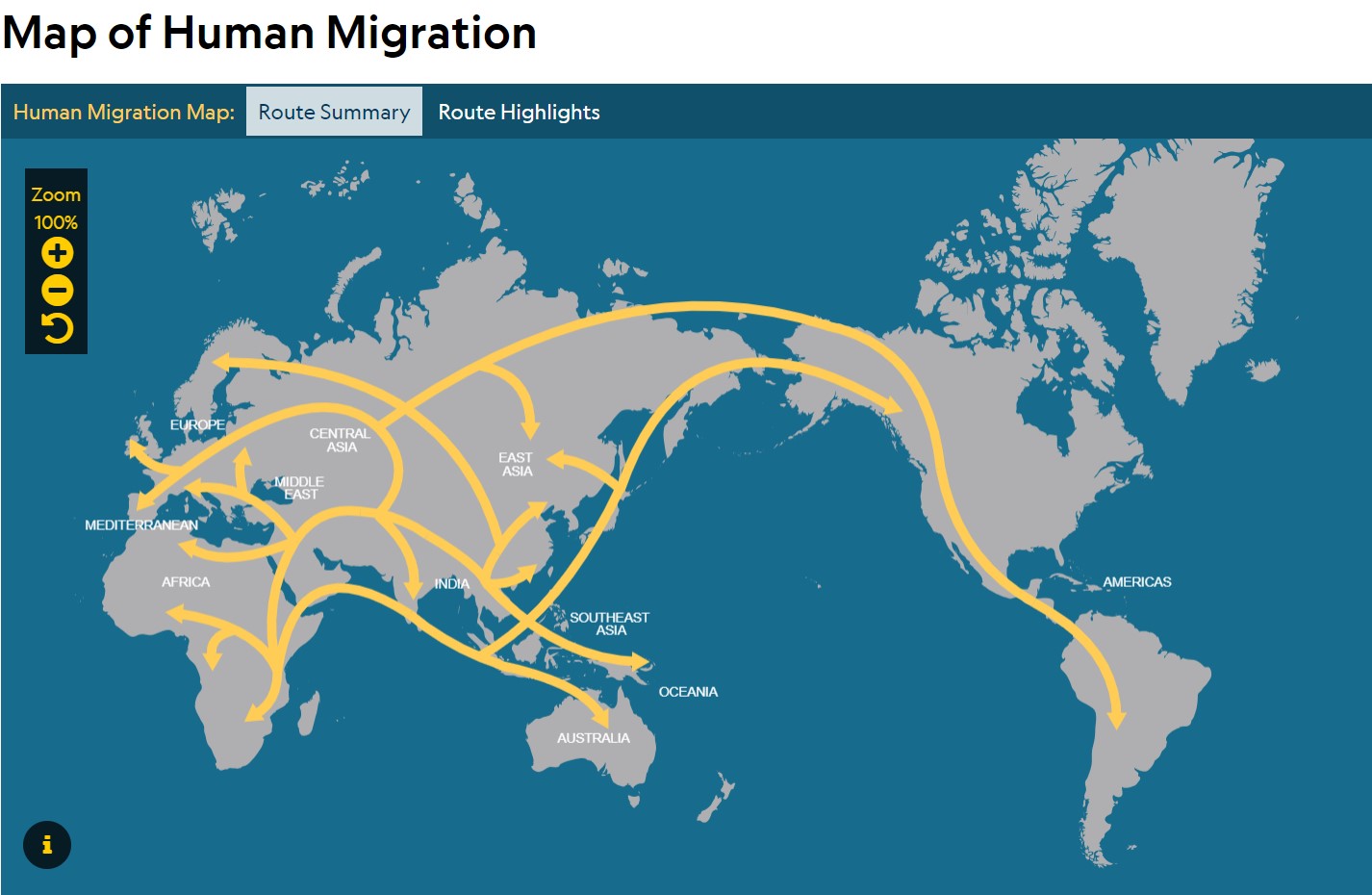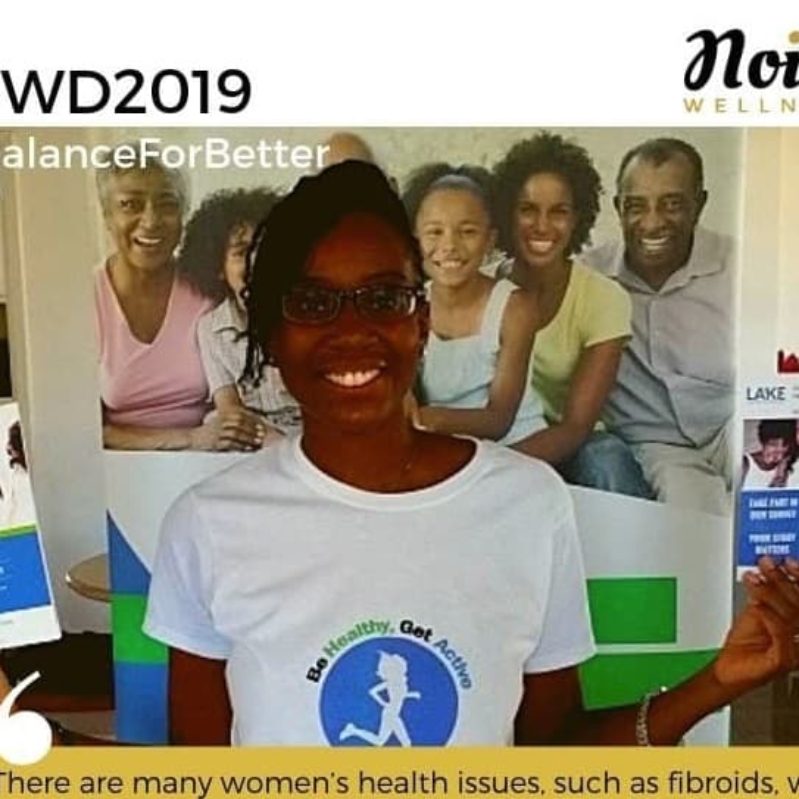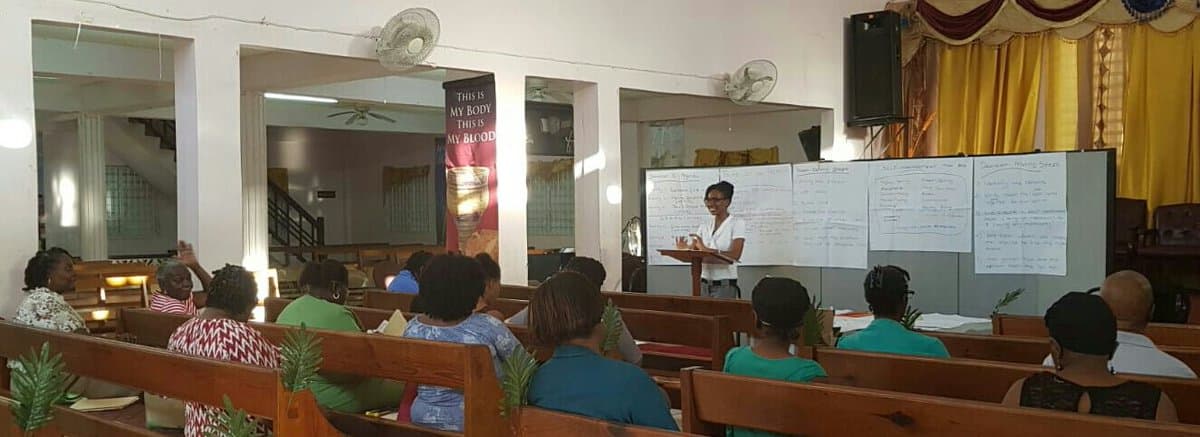When it comes to the health and wellbeing of African people both on the continent and in the Diaspora at large, there are a number of challenges and health inequalities that exist. These inequalities include the black community having poorer health outcomes, being at an increased risk of developing a number of diseases and not always having access to adequate support to cope during periods of ill-health. In order to address these issues, many have suggested that the black community come together to develop solutions for us, by us. Before exploring unity as an approach to tackling some of these challenges, it’s useful to look back through history to understand the concept of unity so that if we are to come together, we develop partnership models that are most effective.
In today’s blog, we hear from guest blogger IC Blackman who takes us through the history of African unity and encourages us to think deeply about this concept.
One cannot deny the importance of an accurate grasp of history, particularly ancient history, for possessing a deeper understanding of our position, or lack thereof, in the world. Much has been argued about the relevance and authenticity of the terms ‘black’ or ‘African’ to describe peoples richly melanated in skin – for the purposes of demonstrative example as to the challenges of the realization of unity, we hold no fast consensus as to what we would prefer to be called. Arguments rage – all valid, I might add – for and against nomenclature that honours our history and invaluable contributions to the development and advancement of civilization. This begs the question: did we ever have a consensus, and if so, when, and how does this impact our concepts of Pan-Africanism, or black unity, today? The term to which one leans, whether black, African or some other, may be telling about how one views oneself vis-à-vis the world: identity, links to a certain landmass, being referenced as a colour or caste, and the legal implications and historical connotations of the latter.
To examine this predicament of a consensus beyond merely what we choose to be called, but in terms of the more pressing issue of unity, we ought to start from the beginning, or as close to the beginning as we can. Because of its startling symbolism, I choose to start with one of the most recent supercontinents and also the best known, Pangaea. There were other supercontinents that preceded it, but the further back I go, the more pushback I may get from certain scientific quarters about the presence of ‘thinking’ man in those times. Personally, I believe Homo sapiens sapiens is much older than the record books will allow.
As I describe certain geological phenomena in this post, one should also in tandem remember the Law of Correspondence. Hold tight – there is method to my madness.
The earth’s outer shell is made up of plates. Most activity occurs where plates meet or divide. Plates move in three ways: convergent (moving towards each other, even colliding in some instances), divergent (moving away from each other), and transform (where plates slide past each other). Movement of plates produces volcanic eruptions, underwater volcanoes, earthquakes, and, specifically by convergent plates, mountain ranges; thus, there are several cycles of creation and destruction, periods of volatility and rest, all natural, all inevitable, all a part of existence. The most volatile processes create new forms, it would seem, adding to the topographical features of the earth – mountains and valleys, the highs and the lows. Movement can occur slowly or violently, changing the architecture of Planet Earth. Each continent as we know it today rests on these plates, that is, tectonic plates. They are in constant motion and interaction, a process called plate tectonics.
Using geological time collapse, let’s agree on a single landmass called Pangaea – a supercontinent, consisting of lakes and rivers, which existed before the latest continental drift, i.e. the divergent movement of major plates that created the large and distinct landmasses we call continents today, in their latest configurations and geographical locations. Let us also agree that easy human migration out of Africa was facilitated by the most recent supercontinent Pangaea and its many incarnations prior to the most recent and significant continental drift. We can further argue about the origins of the name Africa, but if we are to have a consensus about nothing else, it should be about coming to terms with the usage of this epithet.
Let us also observe the signature feature of African civilizations to form along rivers, the best known being the Nile Valley civilization, from its origins in the south heading down the Nile to the north, its pinnacle manifesting as Kemet or Egypt. It is important to note here that rift valleys occur where a continental landmass is ripping itself apart – this happens in geological time. Modern Africa, i.e. the continent we know today, is projected to split along the Great Rift Valley system sometime in the very distant future, forming a double continent. In other words – change is supreme, movement is inevitable.
And like nature, like tectonic plates, we as a people are in constant motion, a constant state of flux, producing what I call the Dispersion Factor. This first manifested as migration to all continents before they were so-called, and the subsequent development of distinct civilizations on these landmasses after continental drift. One mindset, but a myriad of manifestations. Physical unity, then, would seem to go against this natural tendency towards dispersion and dissemination, as opposed to the more challenging but urgently needed spiritual and mental/thought unity.
Encoded in the DNA of African peoples may be the genetic roadmap for dispersion and multicentricity. We know that Africans as a group have more variations in their DNA within their group than between Africans and other groups. This phenomenon of what I call genetic non-cohesion may well be the reason why breeding farms in chattel slavery in the New World, which used a high degree of consanguinity, could produce ‘normal’ populations for far longer than logic would dictate. It could also be the reason why as a group we will adapt, include, and assimilate with ease. The downside is that this will occur in hostile as well as conducive environments, the former producing cultural distortion and disintegration, the latter producing cultural catalysts. There is no doubt that both processes have global knock-on effects and implications. We do ourselves a disservice to underestimate the profound effect of our state of being, both positive and negative, on the planet at large.
It’s very conceivable that the theory of Pangaea holds true – at the very least, it makes perfect sense. If you look at all the continents on the planet, they do appear to potentially fit together, much like the pieces of a jigsaw puzzle. Let’s continue to entertain the Law of Correspondence here. It is also conceivable that man existed at the time of Pangaea, or a forme fruste of Pangaea, and migrated outward from a pivotal focal point of creation. I call this point, adapting a term from embryological science, the pluripotent stem cell, from which all major cells of the human body originate – the pluripotent locus, or the progenitor cell from haematological science, the mother cell of all haematological bodies (red blood cells, white blood cells, platelets, etc.). These cells, being multi-hued and multi-functional, together form an efficient body system. That pluripotent locus, or primogenitor cell, we know today as the continent of Africa, remembering that it was once part of a contiguous landmass. For those who want to call it the Garden of Eden, I have no ready rebuttal. Whatever we choose to name this pivotal location, we must appreciate that now these disparate landmasses have been christened continents with bestowed names, some of which have changed over time, e.g. India was once Hindustan, and perhaps the continents were perceived differently prior to continental drift and after it, including in name.


Anthropological evidence and copious historical data would indeed confirm an ‘African’ presence on what we now know as the seven continents. Perhaps more accurate would be First Man and Woman, Ancient or Aboriginal Peoples. Genetics would suggest they were very diverse people.
Herein lies Ponder Point No. 1. This multifocal presence and the early civilizations it birthed aren’t as well-known as one would think. It certainly isn’t taught on the scale it should be, despite the evidence to support it. Africans therefore have been as a group multicentric, dispersed, and migratory from their very inception, and have had varying phenotypes, and within recent times, lighter hues in certain regions of the Earth. They set up civilizations wherever they landed – the Indus Valley civilization, the Nile Valley civilization, the Olmec civilization – and kept it moving. This has been a modus that has taken many incarnations throughout history, and up until modern times, it does not seem to have slowed, though immigration laws have had an impact on the freedom of movement enjoyed in antiquity.
The push and pull factors that sustain such movement are however very different, perhaps more unfavourable, but not at all exclusive to negative experience, than in the past – pioneering waves of voluntary, exploratory migration vs the more recent exploitative waves of forced migration. Ponder Point No. 2 eagerly cranes its neck for keen observation – the concept of unity, especially physical unity, I would therefore challenge further, is a very tenuous one. We tend to use ‘Africa’ as one would a collective noun, but there would be no harm in saying one was African and Senegalese, for example, or African and Ghanaian, or African and Guyanese, understanding that as one leaves the continent more qualification is required. You may also want to add Christian or Muslim, for example. We should be used to complexity by now. We’ve been here from the beginning. Our history is complex – multilayered, multidimensional, multifocal, and multiethnic. We’ve been here from the beginning – it is complex. And that complexity lends itself to both confusion and a timely consecration. One would be more inclined to speak of, and place greater store on, a core African mindset with its many global manifestations, i.e. cultural diversity even within the collective – on the mother continent of Africa, and in the Diaspora at large. Here, we may need to entertain further clarification and qualification of an ancient vs a modern Diaspora.
And while we’re at it, we may also need to make a distinction between ancient Africans and modern Africans (an ever-evolving entity). A distinction also needs to be made, using a chronological timeline, as to when this conversion – ancient to modern – took place. I would set that time at 1492 and the expulsion of the Moors from what we now know to be Spain – the Iberian Peninsula may be a more accurate term. For this pivotal historical event would generate a series of further historical events – the Spanish Inquisition and the Crusades, chattel slavery, colonialism and neocolonialism. All these would produce the modern African, who would be designated many names and pseudonyms through space and time, all with a growing patina of mistrust, disrespect and contempt (I’ve excluded some for good reason) – Ethiops, Ethiopian, Maure, Moor, blackamoor, Negro, black.
Superimposed on this, and perhaps contributing to our wounding in 1492, subsequent conquest and present predicament, we must also appreciate ancient African civilizations in decline, their peak in Kemet (Egypt). These would include the fall of the empires of Kush, Mali, Benin, Axum and Songhai and the kingdoms of Ghana and Mossi, and the phenomenon of infighting amongst nations and their weaker neighbours, a growing insularity of thought and the emergence of maladaptive forms of self-preservation in response to repeated foreign invasion. This decline, and it would happen over millennia, would also herald a new African, or modern African, and a new Africa. Stronger nations usurped weaker ones, and their captives, the spoils of war or POWs, created fodder for the transatlantic slave trade. Empires fell due to loss of life and loss of intellectual property, the draining of resources, human and mineral, brain and brawn. We, however, seem to have moved from physical wars and battles to ideological ones with physical elements and consequences – wars of class, wars of colour, wars of identity, fueled by hubris, greed, deception, envy and a forgotten self-knowledge.
All of these could be significantly ameliorated if we saw ourselves as privileged beyond the banal or the physical. One would argue these character chinks and ideological imbroglios were with us before 1492 – that we grappled with these human failings more and more as civilizations declined over time – but were exacerbated, perhaps entrenched by the Maafa. If one studies African mythology deeply in all its facets, for example Yoruba or Akan – the roadmap that would assist us in this journey of becoming whole or indeed returning to wholeness – they all address these human foibles.
One would argue that the first real unification or semblance of physical unity occurred in the West, i.e. the Americas, and under horrific conditions – nations and empires gelling under the remit of one plantation and one master. Ponder Point No. 3: is there any doubt, therefore, as to why unity is such a challenge? In a thriving plantocracy, betrayal was rewarded – the Meritorious Manumission Act of 1710 – while gathering in public was punishable by death, that is, laws prevented congregation. Non-cohesion was ratified in law.
But was ancient African success ever leveraged on physical unity, or was it a unity of mind and principles, a spiritual unity – a quantum mindset/thought, intangible yet effective? Certainly, unity, if it is to occur at all, would not be sustained if forged from the negative – anger, hate, dissatisfaction or a preoccupation with adversity, that is, under duress. (The adversity, however, should be recontextualized as a perfecting catalyst, refining thought back to the depths of the visionary, the mystic and the natural scientist. Challenging? Absolutely.) But take heart, this volatile process of unification seems to mirror the earth.
Should we be seeing unity as the Ancients would suggest, that it isn’t about the physical at all? Is the challenge mental, internal, and will it eventually manifest naturally in our external world? Is this a call to transcend the physical domain and its vicissitudes and aim even higher, to a more symbolic existence beyond the mundane, beyond the constraints of a dominating cultural lens? Perhaps we fell low to rise higher than we’ve ever been – ascension. Perhaps it’s all in the mind – we should be in one mind. The time is now. If we don’t get it, who will?
More and more it would appear that as Africa and Africans go, so goes the earth. This is our life-altering inheritance as the Mother and Father. If there is to be any pre-occupation, it should be, how do we honour the Mother and Father? What does it look like, feel like, taste like, sound like? Is it truly all in the mind? How we perceive it may be everything. And here’s the good news – despite the Great Rift Valley divergence, the earth’s tectonic plates continue to move, their motion slowly bringing the continents together again. Pangaea will be re-formed, a new supercontinent by a different name that may bear little resemblance to the Pangaea of old. Symbolic? Think about that Law of Correspondence and rest your mind there – as within, so without; as without, so within. It would seem feasible to conclude that continental drift is as inevitable as its reversal. How quickly or slowly the process unfolds may be within our grasp; certainly the process of continental rift is. This is not a hypothesis, but an inevitable process that will also reverse, and at a pace we determine. You don’t have to agree, just consider.
©2019 IC Blackman
We would like to say a big thank you to IC Blackman for this very insightful blog piece. If you have any comments or questions, please leave them in the comments section below.
You can find out more about IC Blackman and her work here or you can follow IC Blackman on Twitter.













